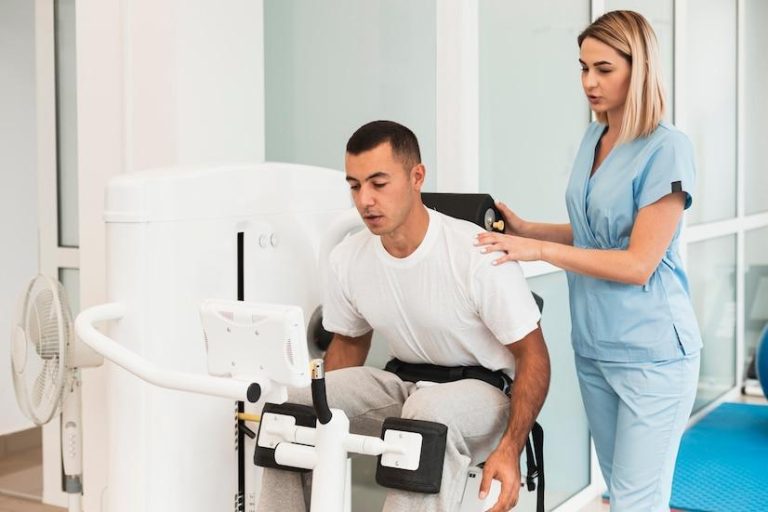
Many of the systems working inside the human body work simultaneously and properly in order to make sure the body functions well and is able to survive in many conditions. The way the body regulates themselves to adapt in various settings is something that has always fascinated scientists for centuries. The way the blood circulation works in the body along with its complicated structures in regulating the body is also another amazing detail that has always left scientists in awe. In this DoctorOnCall’s article, we will learn more on one of these marvel structures called the brachiocephalic vein.
Brachiocephalic vein, previously known as the innominate veins, is mainly the vein that helps return the oxygen-poor blood from the head, neck and arms back to the heart. Being the innominate vein means that it is referred to as a “nameless” vein as the term brachiocephalic itself as according to the Greek literally means the vein function revolves around the arm and the head. In other words, this pair of valveless central veins drain the head, neck, upper limbs and part of the thorax and the mediastinum that exists inside the chest. There are many veins that carry oxygen-poor blood to be returned to the heart and drain into the brachiocephalic veins such as:
- internal jugular vein
- subclavian veins
- thymic veins
- pericardiophrenic veins
- left and right inferior thyroid veins
- left and right internal thoracic veins
- left and right supreme intercostal vein
- left and right vertebral veins
- left superior intercostal vein
Brachiocephalic veins are veins that are formed from the confluence of the internal jugular vein and subclavian vein on each side. The brachiocephalic veins are located on both sides of the upper chest, below the collarbone (clavicle). The left and right brachiocephalic vein course towards the centre of the body and unite at the first right costal cartilage to form the superior vena cava and drain to this large vein. This large vein drains blood into the right atrium or also known as the right heart chamber. The blood then flows through the right side of the heart and into the lungs to be oxygenated. The oxygenated blood will continue its way to the heart and the left ventricles pump it throughout the whole body.
Right brachiocephalic vein
The vein is approximately 2.5 cm and travels vertically down to the heart. This vein starts when the right subclavian vein and right internal jugular vein unite.
Left brachiocephalic vein
The vein is approximately 6 to 8 cm long. This vein starts when the left subclavian vein and left internal jugular vein unite. Due to its longer length, the route it took is far more than what the right brachiocephalic vein does. It runs in an oblique course, travelling horizontally downwards to unite with the right brachiocephalic vein. Before it is united with the right brachiocephalic vein, it runs through the superior mediastinum anterior to the branches of the aortic arch.
Interest in brachiocephalic veins does not stop merely because of the complex structure and system, it continues as it plays a significant role in explaining some medical conditions. Brachiocephalic veins vary about 1 in 250 babies. Although most are harmless, some of it could lead to babies acquiring some form of congenital heart disease. These variations are also an important consideration when a person needs certain surgeries or procedures such as insertion of pacemaker or connection to the cardiopulmonary bypass which is known as the heart-lung machine. Imaging tests such as ultrasound, CT scan and MRI are often used by healthcare professionals to get a better image of the brachiocephalic vein before diagnosing or running a procedure to fix or improve the vein. Know about hajj vaccination package






